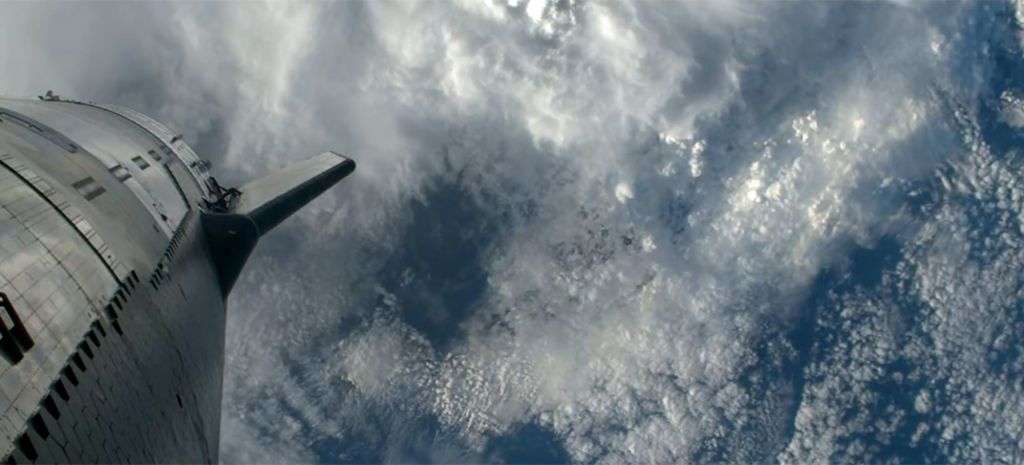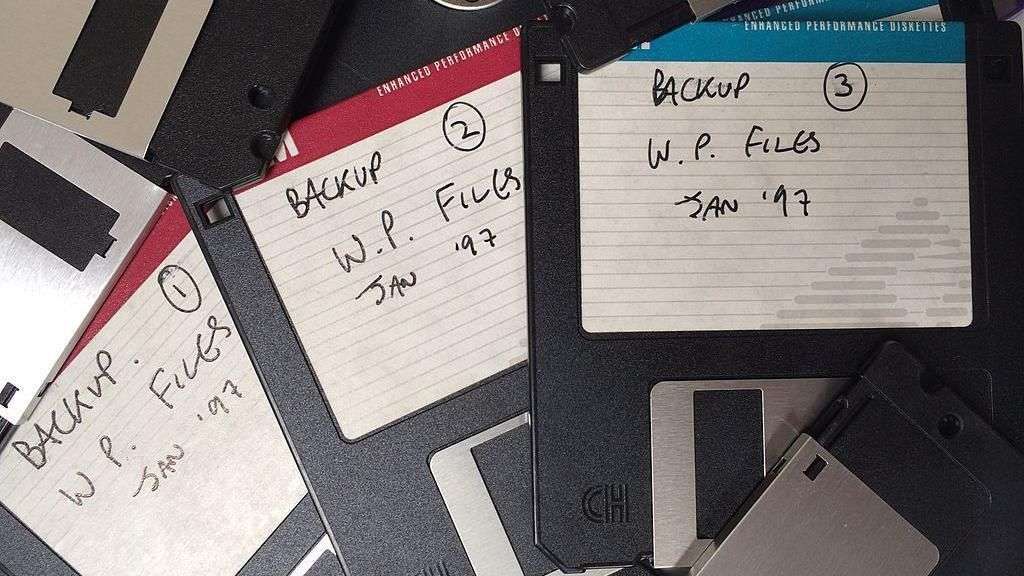US company SpaceX's Starship rocket made a huge leap in progress in its third test flight on Thursday, completing many of its objectives. The two-stage vehicle made a perfect getaway from its Texas launch site, to send its upper portion around the globe to a re-entry over the Indian Ocean. Radio contact was lost towards the end but the firm said it was "incredible to see how far we got this time around". SpaceX boss Elon Musk was delighted with the outcome of the flight, too.
He posted on X, formerly Twitter, that "Starship will take humanity to Mars".
When the 120m-tall (395ft) vehicle launched in April and November last year, it blew apart not long into the mission.
Mr Musk was looking for significant improvement from his SpaceX team this time - and he got it.
The rocket left its launch mount with a huge rumble from its 33 engines, and the vehicle then proceeded to step perfectly through all of the anticipated phases in the climb to space.
Separation of the bottom half, the booster, from the top half, the Ship, occurred right on cue, two minutes and 44 seconds into the flight.
The ship then powered on, crossing the Atlantic and southern Africa.
Video cameras sent back spectacular views of Earth from more than 100 miles up.
Then came the task of re-entry, when the ship needed to descend to a splashdown in the ocean.
Video imagery captured incredible scenes as hot gases enveloped the vehicle, just before radio contact was interrupted.
Controllers reported shortly after that the Ship had been "lost", presumably because it had broken up.
Not every milestone was ticked off. It was hoped the booster after separation might have been able to power its way back to a controlled drop into the sea just off the Texas coast. It got close but it looked as though the vehicle came in way too fast and hit the water very hard.
The Ship, too, was expected to re-ignite an engine to initiate the re-entry, but this was skipped for a reason not immediately apparent.
These are issues that can be re-visited once all the data is in hand. The upsum, however, is that engineers now know the development of the world's most powerful rocket is firmly on track. And Elon Musk is promising perhaps six more test flights this year.
Starship is unlike any rocket system we've seen to date.
The 33 engines at the base of the booster produce 74 meganewtons of thrust. This dwarfs all previous vehicles, including those that sent men to the Moon in the 1960s/70s.
If engineers can perfect Starship, it will be revolutionary.
It's intended to be fully and rapidly reusable, to operate much like an aeroplane that can be refuelled and put back in the air in quick order.
This capability, along with the heft to carry more than a hundred tonnes to orbit in one go, would radically lower the cost of space activity.
For Elon Musk, Starship is key to his Starlink project which is establishing a global network of broadband internet satellites. The current count in orbit is more than 5,500. The new rocket will be able to put up many more spacecraft for the network.
To that end, this test flight demonstrated the opening and closing of a payload bay door, through which future Starlink satellites could be dispensed.
And Starship will also help Mr Musk realise that long-held ambition of taking people and supplies to Red Planet to build a human settlement.
Among the keenest observers on Thursday will have been the US space agency.
Starship is central to Nasa's Artemis programme to put astronauts back on the Moon this decade.
A version of Starship would act as the landing craft, taking the crew from lunar orbit down to the surface - and then lifting them back off again.
SpaceX will have to show it can produce a safe and reliable vehicle before astronauts are permitted to climb aboard. Nasa has scheduled late 2026 for when it would like to see this happen.
Bill Nelson, the Nasa Administrator, issued a statement on X: "Congrats to @SpaceX on a successful test flight! Starship has soared into the heavens. Together, we are making great strides through Artemis to return humanity to the Moon — then look onward to Mars."
The Federal Aviation Administration, which licenses commercial spaceflight in the US, immediately announced there would be a mishap investigation following the mission, given the way the booster and Ship ended their flights. This is standard practice, and SpaceX will lead the inquiry into what it got right and what it got wrong. Again, standard practice.








